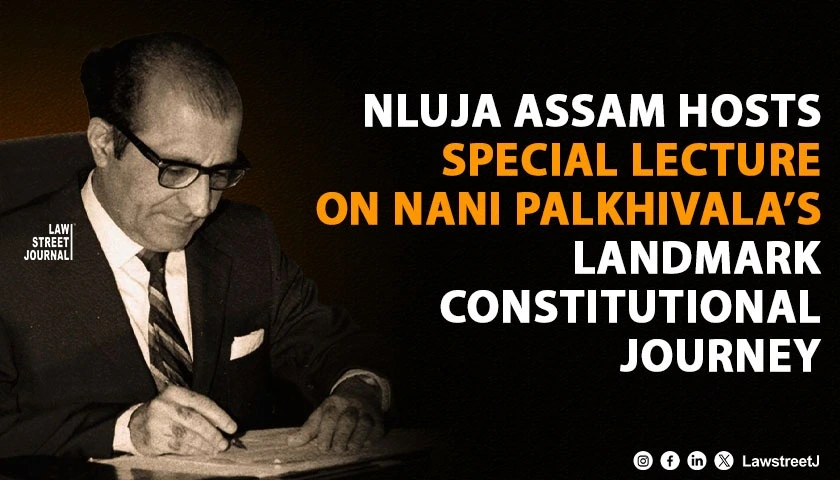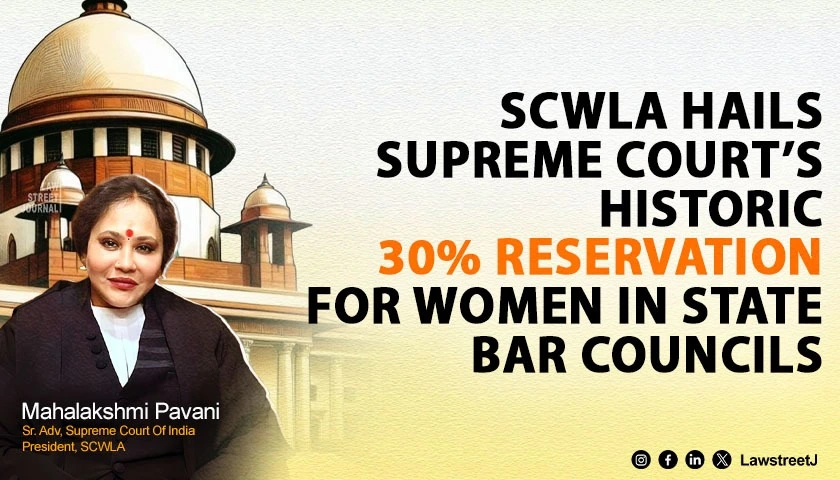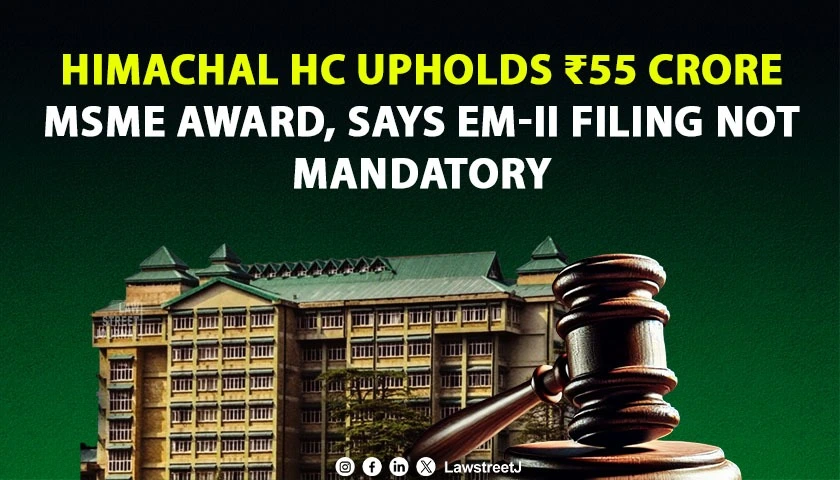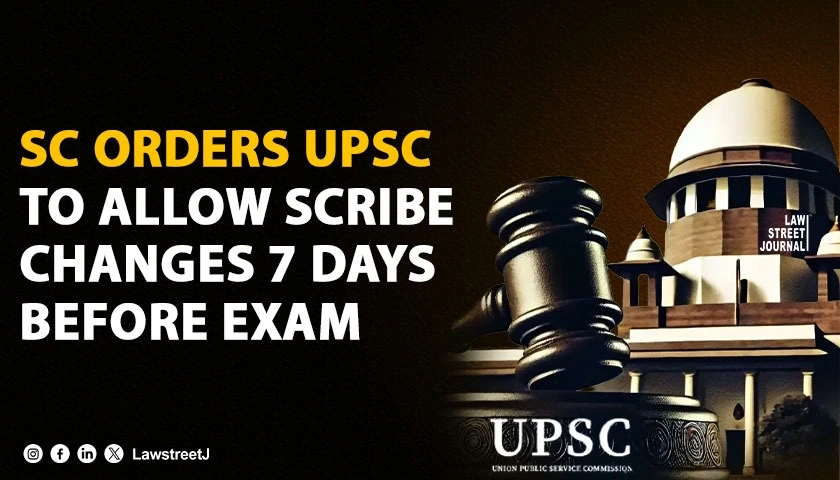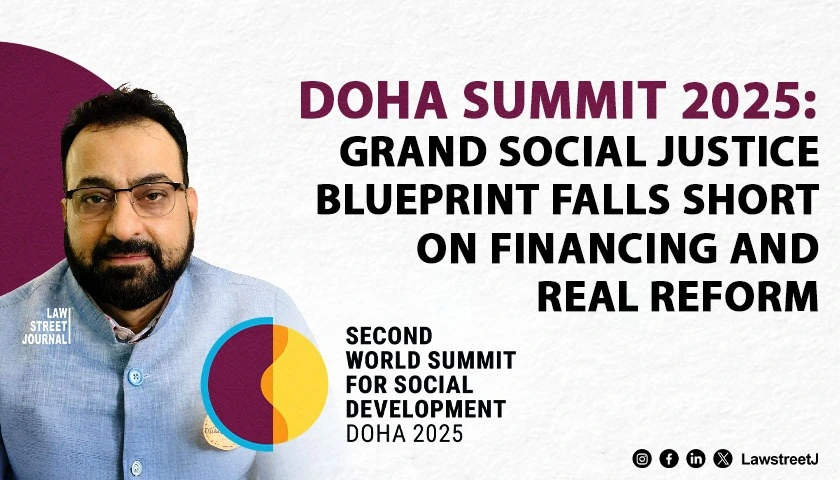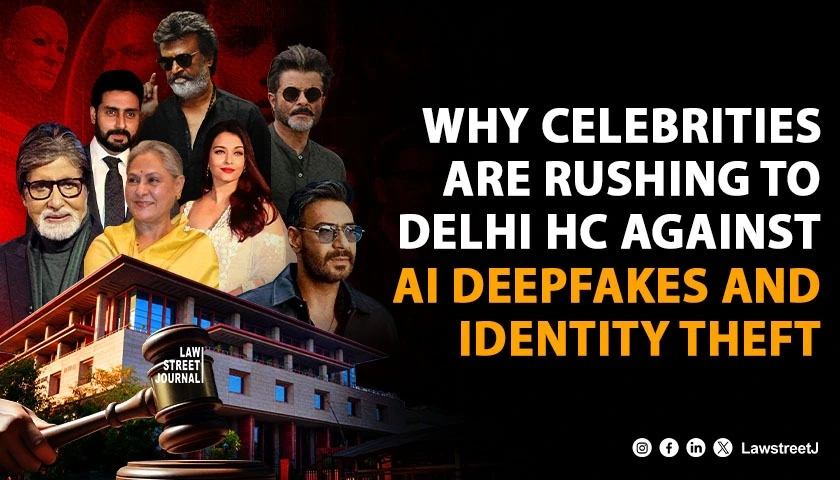New Delhi: The National Law University and Judicial Academy, Assam, hosted a special lecture titled “The Remarkable Legal Journey of Nani A. Palkhivala: The Bank Nationalisation Case, the Privy Purses Case, and the Kesavananda Bharati Case”, delivered by Senior Advocate Arvind P. Datar. The lecture offered students rare insights into the life and courtroom legacy of one of India’s most influential constitutional lawyers.
Advocate Datar began by recalling Palkhivala’s early life and the challenges he overcame, describing him as an example of how perseverance can shape extraordinary careers. He highlighted how Palkhivala transformed himself through discipline, self-training, and continuous learning. “The spark is in each of us; the spark has to be lit and you have to relentlessly pursue the goal,” he said, urging students to draw inspiration from Palkhivala’s journey.
He described how Palkhivala rapidly rose in the legal profession through sheer preparation. Recalling an early courtroom moment that marked his arrival, Advocate Datar quoted a judge who allowed Palkhivala to introduce new arguments because, “This young boy is arguing very well; let him raise new points.”
Turning to the 1969 Bank Nationalisation case, Advocate Datar explained the urgency with which the challenge had to be prepared after the ordinance was suddenly issued. “The entire petition was dictated in two and a half hours and filed on Monday,” he noted. He emphasised that while Palkhivala won the case only on the issue of compensation, the arguments fundamentally reshaped constitutional interpretation. He pointed out that Palkhivala convinced the Court that fundamental rights “must be read together, not in separate silos,” a shift that later influenced the reasoning in Kesavananda Bharati.
Advocate Datar also discussed the flaws in the compensation formula under the ordinance, explaining that the valuation of bank properties was grossly inadequate. “Property worth 50 crores was being taken over for 80 lakhs or 1 crore, and even that was to be paid after ten years,” he said, describing the reasoning on which the nationalisation process was eventually struck down.
To illustrate the unpredictability of legal practice, he narrated an anecdote from his own career involving a case linked to a planned Michael Jackson concert. He explained how the dispute involved a claim for anticipated damages and how the court ultimately refused to grant an injunction because “unless damages have been ascertained by a court, there can be no injunction on expected or speculative damages.” He added with humour, “By the grace of God we succeeded… but my wife has never forgiven me for missing Michael Jackson’s concert.”
Returning to Palkhivala’s constitutional legacy, Advocate Datar reflected on the chain of cases—from bank nationalisation to the challenges surrounding the privy purses—that culminated in Kesavananda Bharati. He described this period as “a fascinating legal journey that shows how constitutional morality was tested,” highlighting how Palkhivala defended the Constitution during some of the most turbulent years in India’s history.
He concluded by urging students to study important judgments directly. “Unless you read the way arguments have developed, you cannot understand how the Constitution has evolved,” he said, encouraging them to explore the reasoning that shaped India’s legal landscape.

